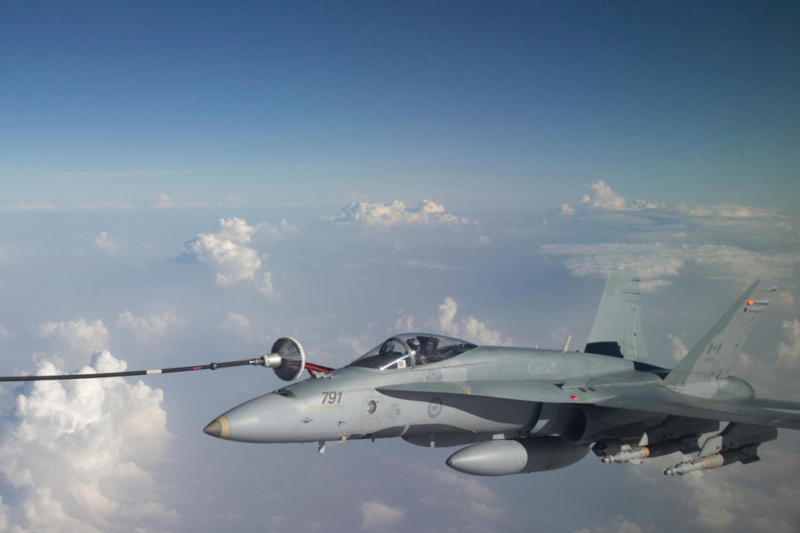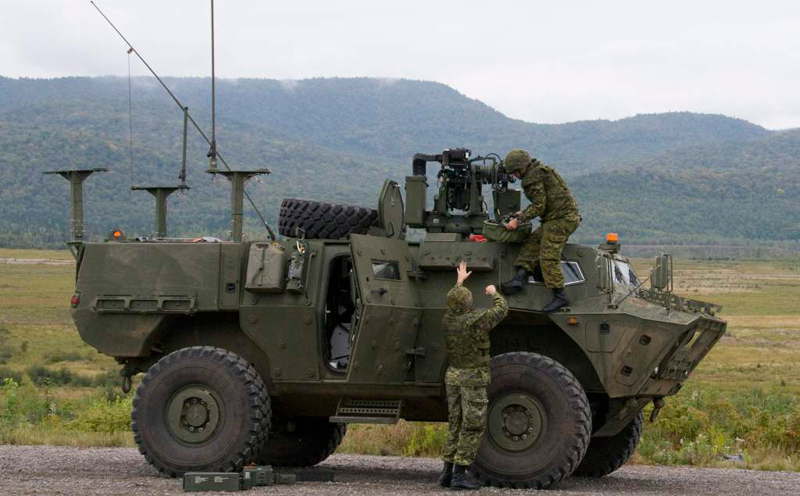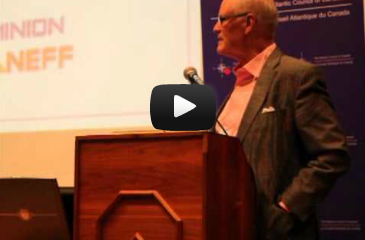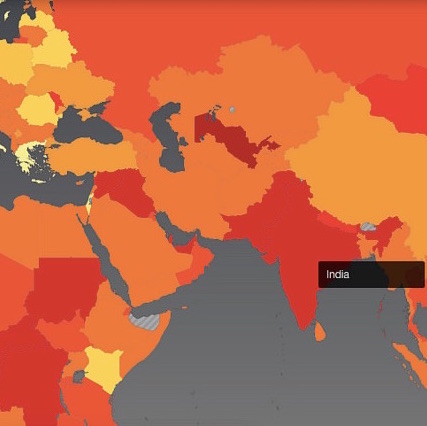By now, Canadians are very familiar with the urgent need to replace the CF-188 Hornet, which has served as the fighter jet of the Royal Canadian Air Force (RCAF) since its introduction in 1983, as well as the controversy surrounding the Lockheed Martin F-35 Lightning II, the Federal government’s previous preferred choice to replace the CF-188 Hornet. Less known, however, is how the continuing uncertainty over Canada’s future fighter design also affects the procurement of new aerial refueling tankers.
In order to extend the operational range of RCAF aircraft, the Canadian military has operated two Airbus CC-150T Polaris aerial refueling tankers since 1992. These played an especially vital role in 2011, when RCAF fighters were deployed on 24 hours’ notice to enforce a United Nations-mandated no-fly zone over Libya as part of NATO’s Operation Unified Protector, and are similarly supporting Operation IMPACT in Iraq. Given Canada’s massive geographic size, the RCAF’s two CC-150T Polaris tankers have also proven valuable for long-range CF-188 patrols of Canada’s Arctic airspace.
However, the F-35 is incompatible with the CC-150T Polaris, which prompted the previous government to suggest that Canada would simply retire the aerial refueling tankers early and instead rely on the United States, other partner countries, and even commercial partners. The outcry from defence analysts and senior RCAF officers about the potential loss of capability “critical to the defence of Canada” inspired some backtracking, but no definitive answer for the Canadian public or defence planners as to how aerial refueling will be handled in the future, with or without the F-35.
According to the 2015 Defence Acquisition Guide released by Canada’s Department of National Defence (DND) there was some interest in acquiring a new multi-role transport aircraft, which would fulfil the role of not only aerial refuelling, but also strategic airlift and VIP transport. As such, this design would replace the five CC-150 Polaris and five CC-177 Globemaster III transport planes – a significant shift for the RCAF. This procurement project factored in Canada’s fighter jet saga, anticipating the need for a model compatible with the F-35.
The 2015 plan envisioned a Request for Proposals in 2021 and the delivery to the RCAF of the selected aircraft from 2026-2035. Whether such a timeline can be maintained remains to be seen, as there have been no clear signals from the current government regarding the CF-188 replacement. Fortunately, the need to replace the CC-150T Polaris is nowhere near as pressing; the aircraft will be able to continue to operate effectively until 2026 without a life extension. But the current government must understand that Canada cannot outsource aerial refueling; attempting to do so after adopting a new fighter would make Canadian military logistics cumbersome and expensive, and it would likely leave Canada on the sidelines in any future multinational operations.
Photo: A Royal Canadian Air Force CF-188 Hornet refuels from a CC-150 Polaris over Iraq during Operation IMPACT on November 7, 2015.“Operation Impact” (2015), via Department of National Defence.
Disclaimer: Any views or opinions expressed in articles are solely those of the authors and do not necessarily represent the views of the NATO Association of Canada.




